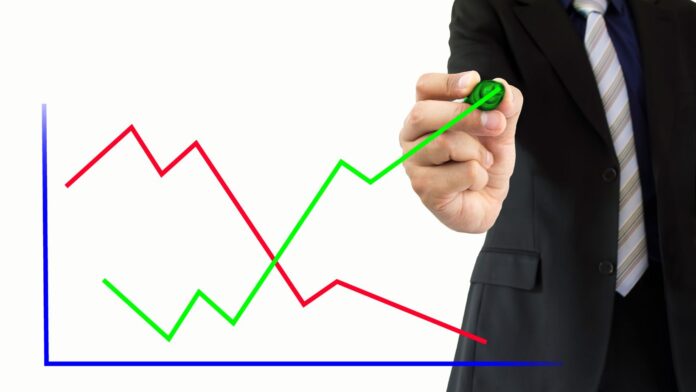When it comes to gathering information, readers often seek to draw reasonable conclusions from the data presented. Whether it’s analyzing a research study, evaluating a news article, or interpreting statistical findings, the ability to make informed conclusions is crucial. In this article, I will explore the concept of drawing reasonable conclusions from information and provide practical tips on how to do so effectively. By understanding the key factors to consider and employing critical thinking skills, readers can confidently navigate through the vast sea of information and arrive at logical and well-founded conclusions.
In today’s information age, it is essential for readers to develop a discerning eye when it comes to drawing conclusions from the information they encounter. With an overwhelming amount of data available, it’s important to distinguish between reliable sources and misleading information. In this article, I will delve into the importance of evaluating the credibility of sources and offer strategies for readers to determine the reliability of the information they come across. By honing these skills, readers can ensure that their conclusions are based on accurate and trustworthy information.
What Can the Reader Reasonably Conclude From Information in the Graph?
Now that we have discussed the importance of evaluating the credibility of sources and understanding the process of reasoning, let’s dive into the next step: explaining the information. When we encounter new information, it’s crucial to analyze it thoroughly in order to draw reasonable conclusions. Here are a few key points to consider:
- Context is key: Before jumping to any conclusions, it’s essential to understand the context in which the information is presented. Is it from a reliable source? Does it align with other reputable sources? Taking into account the larger picture can help us make more informed judgments.
- Assess the evidence: Look for concrete evidence or supporting data that backs up the information being presented. Is there research or studies cited? Are there expert opinions or firsthand accounts? The more evidence there is, the stronger the case for drawing certain conclusions.
- Consider different perspectives: It’s important to acknowledge that different people may interpret the same information differently. When evaluating information, try to consider multiple perspectives and viewpoints. This can help you gain a more well-rounded understanding and avoid jumping to hasty conclusions.
- Identify any biases: Every source has its own potential biases, whether conscious or unconscious. It’s crucial to be aware of these biases and how they may impact the information being presented. Look for any potential conflicts of interest or hidden agendas that may influence the conclusions that can be drawn.
- Fill in the gaps: Sometimes, the information we encounter may be incomplete or lacking in certain areas. In such cases, it’s important to try to fill in the gaps by seeking additional information or exploring related topics. This can help provide a more comprehensive understanding and prevent us from drawing incomplete or inaccurate conclusions.

Identifying Patterns and Trends
When it comes to drawing reasonable conclusions from information, one important aspect to consider is identifying patterns and trends. By analyzing data and information, we can often spot recurring themes or trends that can help inform our conclusions. Here are a few key points to keep in mind:
- Look for consistent patterns: Start by examining the data or information for any consistent patterns that emerge. This could be recurring themes, similarities in behavior, or consistent results. By identifying these patterns, we can begin to draw conclusions about the underlying factors at play.
- Consider the context: When identifying patterns and trends, it’s crucial to consider the context in which they occur. Is there any relevant background information that could help explain the observed patterns? Understanding the context will help ensure that our conclusions are grounded in a comprehensive understanding of the situation.
- Use multiple sources: To get a more accurate picture of the patterns and trends, it’s important to consult multiple sources of information. This helps to minimize biases and ensures that our conclusions are well-rounded and supported by a range of evidence.
- Be cautious of outliers: While identifying patterns and trends, it’s essential to be cautious of outliers. Outliers are data points or pieces of information that deviate significantly from the overall pattern. They can skew our conclusions if not properly considered. Taking outliers into account can help us refine our conclusions and avoid making sweeping generalizations.
By identifying patterns and trends in data and information, we can make more informed and reasonable conclusions. However, it’s important to remember that drawing conclusions is an ongoing process that requires critical thinking and continuous evaluation of the available information. So, let’s continue exploring the next section to further enhance our ability to draw reasonable conclusions.


